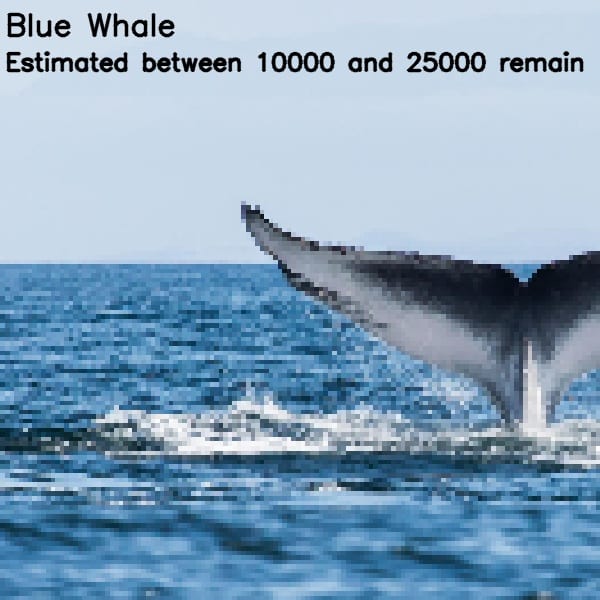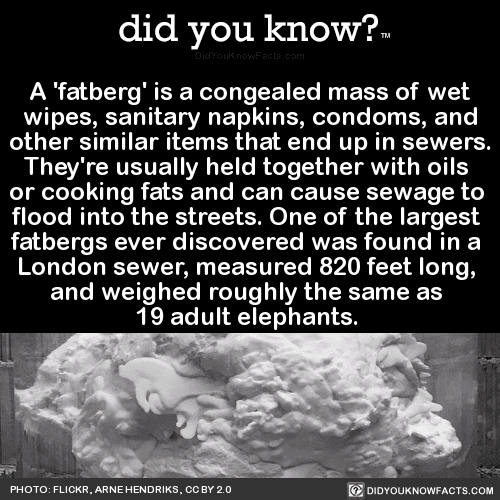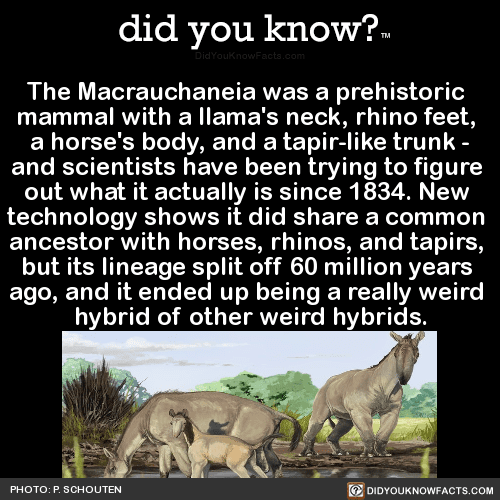This sounds gross, but there are cockroaches all of the place where I live. Huge, nasty bugs that move a million miles an hour and (obviously) have no regard for my personal space. I live in North Carolina, and when I first relocated here, I was shocked at how many there were (people here misleadingly call them “Palmetto bugs”), but now I guess I’ve gotten used to it.
If you’re in the same boat as me (and you probably are if you live in certain parts of the country), here’s a home remedy you should consider to keep those pesky bugs out of your house and out of your life, especially if you prefer to use non-toxic products.
Researchers from Auburn University released a study that shows that a mix of peppermint oil and white vinegar will keep roaches (and spiders) away.
Here’s what you should do: put 10 drops of peppermint oil into a spray bottle along with two parts water and one part white vinegar. Spray the mixture around your cupboards, along your baseboards, under your sink, near door entrances, and anywhere else you think roaches might be lurking. This will not kill the roaches, but it will keep them away from the sprayed areas—and hopefully out of your hair (sometimes literally).
Another tip: you can also use peppermint oil by itself to wipe down countertops.
Give this a shot and see how it works for you—I know I’m going to. If you’re not seeing any improvement, it might be time to call in an exterminator.
The post Do You Have Cockroaches in Your House? Keep Them Away Using Peppermint Oil. appeared first on UberFacts.



 —> #cockroach #insect #cockroaches #cucaracha #mosquito #bugs #insects #watchfree #nature #bigmandan #pests #pest #insectsofinstagram #bug #mosquitobites #animal #horror #commandpest #pestagram #insectphotography
—> #cockroach #insect #cockroaches #cucaracha #mosquito #bugs #insects #watchfree #nature #bigmandan #pests #pest #insectsofinstagram #bug #mosquitobites #animal #horror #commandpest #pestagram #insectphotography ajudem aí com a hashtag #LeonPromovido
ajudem aí com a hashtag #LeonPromovido





















 Tag a friend and follow @natureeslife for more
Tag a friend and follow @natureeslife for more  Credit:@paultje_nl • • • • • • #wildlifeonearth #wildlifeowners #wildlifephotography #wildlifeaddicts #wildlifeindia #seewildlife #destination_wild #ourwildlifedays #wildglobe #natgeowild #tigers #animalelite #giraffe #wildgeography #thedodo #naturelife #wondermore #folkcreative #animals #fantasticearth #earthscope #stayandwonder #discoverearth #roamtheplanet #moodygrams #giraffes #exploretocreate #artofvisuals #visualambassadors #fantasticearth
Credit:@paultje_nl • • • • • • #wildlifeonearth #wildlifeowners #wildlifephotography #wildlifeaddicts #wildlifeindia #seewildlife #destination_wild #ourwildlifedays #wildglobe #natgeowild #tigers #animalelite #giraffe #wildgeography #thedodo #naturelife #wondermore #folkcreative #animals #fantasticearth #earthscope #stayandwonder #discoverearth #roamtheplanet #moodygrams #giraffes #exploretocreate #artofvisuals #visualambassadors #fantasticearth . . . #animalovers #animalphotography #animallovers #animalportraits #zoo #zoopraha #praha #prague #praguezoo #naturelover #naturephotography #cute #cuteanimals #summer #summer2019 #canon #canon1200d #50mm #bokeh #praguecity #praguestagram #czechrepublic #czechtourism #czechia #visitcz #czech #giraffe #giraffes #zirafa #travelphotography
. . . #animalovers #animalphotography #animallovers #animalportraits #zoo #zoopraha #praha #prague #praguezoo #naturelover #naturephotography #cute #cuteanimals #summer #summer2019 #canon #canon1200d #50mm #bokeh #praguecity #praguestagram #czechrepublic #czechtourism #czechia #visitcz #czech #giraffe #giraffes #zirafa #travelphotography

 (@_benji53)
(@_benji53) 